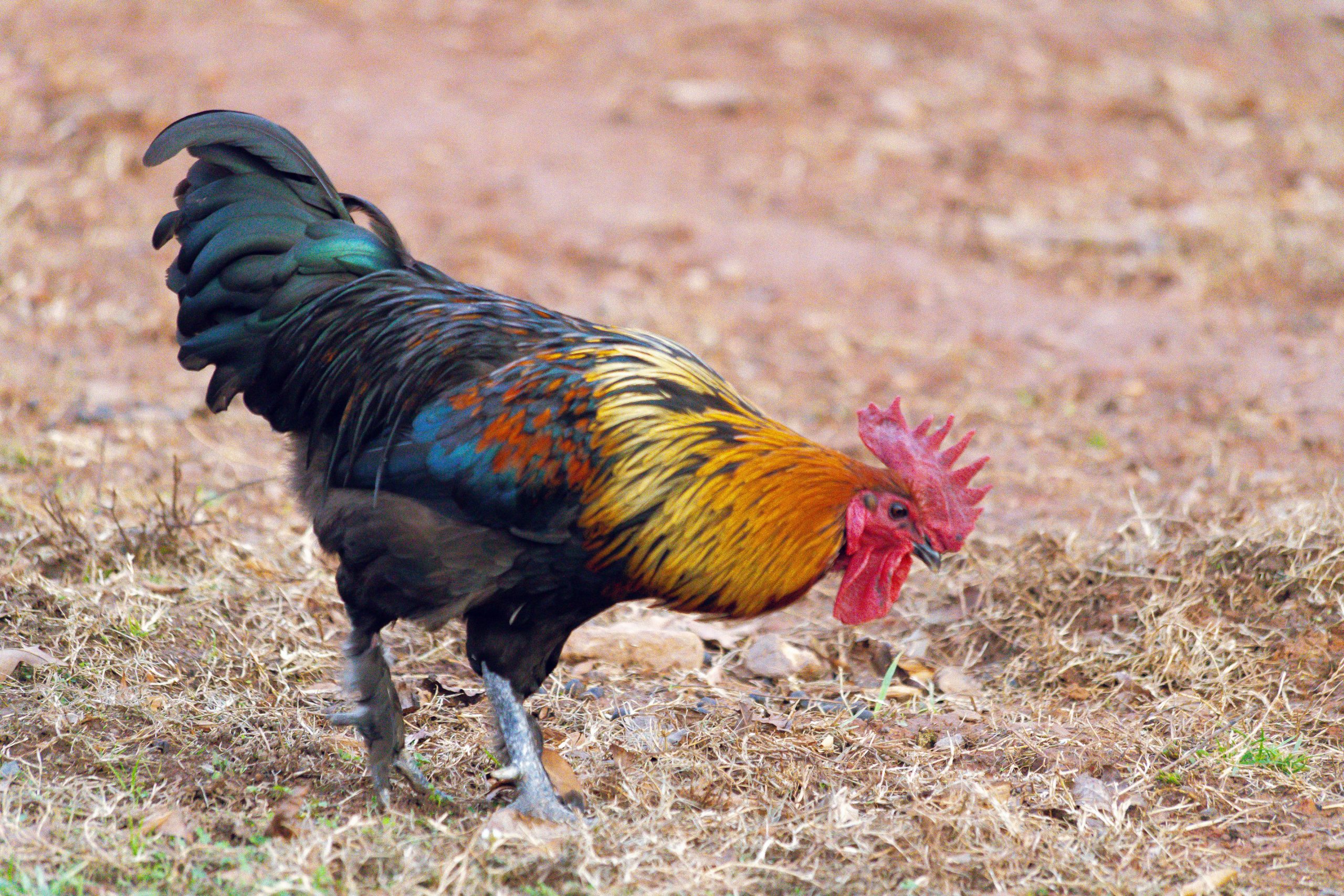If you’ve ever driven though the countryside on a Spring day, you may have been struck by the odor of chicken manure spread over the fields. While a temporary, smelly inconvenience, chicken manure can drastically improve grass health. Nitrogen is one of the most important indicators of pasture health, and chicken manure happens to be high in such an essential nutrient. Along with nitrogen, composted chicken manure regenerates soil heath by adding phosphorus and potassium, common ingredients in store-bought fertilizers.
Before adding your chickens’ spent bedding to your garden, it must be composted first. Composting allows time for the breakdown of nutrients, making a supplement for the soil that has taken the “sting” out of fresh manure. Fresh chicken manure can burn plants n a garden, so it always need to be composted first.
Composting is the breakdown of litter material, aided by microbes which work to remove ammonia content. Too high ammonia levels can burn plants, so composting is essential.

Whether you clean your coop out weekly, or twice a year, you can still have a compost pile. Find a place off to the side of your property where you can dump old bedding. Keep turning it periodically, about every week. Turning ensures all parts of the bedding begin to properly compost. Composting creates heat, so if you see steam rising from your compost pile, it is working! The microbes inside the soil neutralize the ammonia and begin making the nutrients safe again. Chickens themselves also can help in the turning of the compost. Ours love to hang out on the compost pile and scratch up grubs.
There are three methods for creating chicken compost in your garden.
The first is by simply leaving raw, uncomposted bedding directly to your garden beds in autumn. Turn the bedding into the soil, mixing with old newspapers and leaves. The general ratio of “hot material” (chicken manure, horse bedding, goat droppings, etc) needs to be a 1:4 ratio with “brown material,” or leaves, newspaper, grass clippings, or fresh soil. The compost itself is simply an addition to the already existing soil. Turn your garden a few times and allow to sit all fall and winter, until spring comes.
The second method, involves tending to a pile for at least 6 months outside of the coop. Keep turning the pile regularly, maybe once a week. You can use a pitchfork, but a tractor may be easier. You can also add the bedding from other livestock (but never add anything from carnivores). Table scraps and coffee grounds make great additions to the compost. Allow to compost for 4-6 months at least.
The third way to compost chicken bedding, is by simply letting it compost itself inside the coop. This is called a “deep litter” method. Every so often, just add clean shavings on top of your already spoiled bedding. Keep adding more shavings for a year or so, until you have reached a few feet deep. Do one final, big clean-out, stripping out all the bedding. It should already be composted. Composting bedding also creates warmth in the coop for chickens during the winter months. Just be prepared, you will be doing quite a dirty job when you clean out the coop, which is why I personally prefer to use the second method!
Once your compost has officially turned into something good, it will not have a bad smell. The smell will more closely resemble wet dirt, and the color should be a dark brown. Simply mix in with your garden soil. All plants can benefit from composted chicken manure! Vegetable gardens, fruit trees, and even the grass in your yard will all thank you. Try composting this year, and reap the rewards next year!